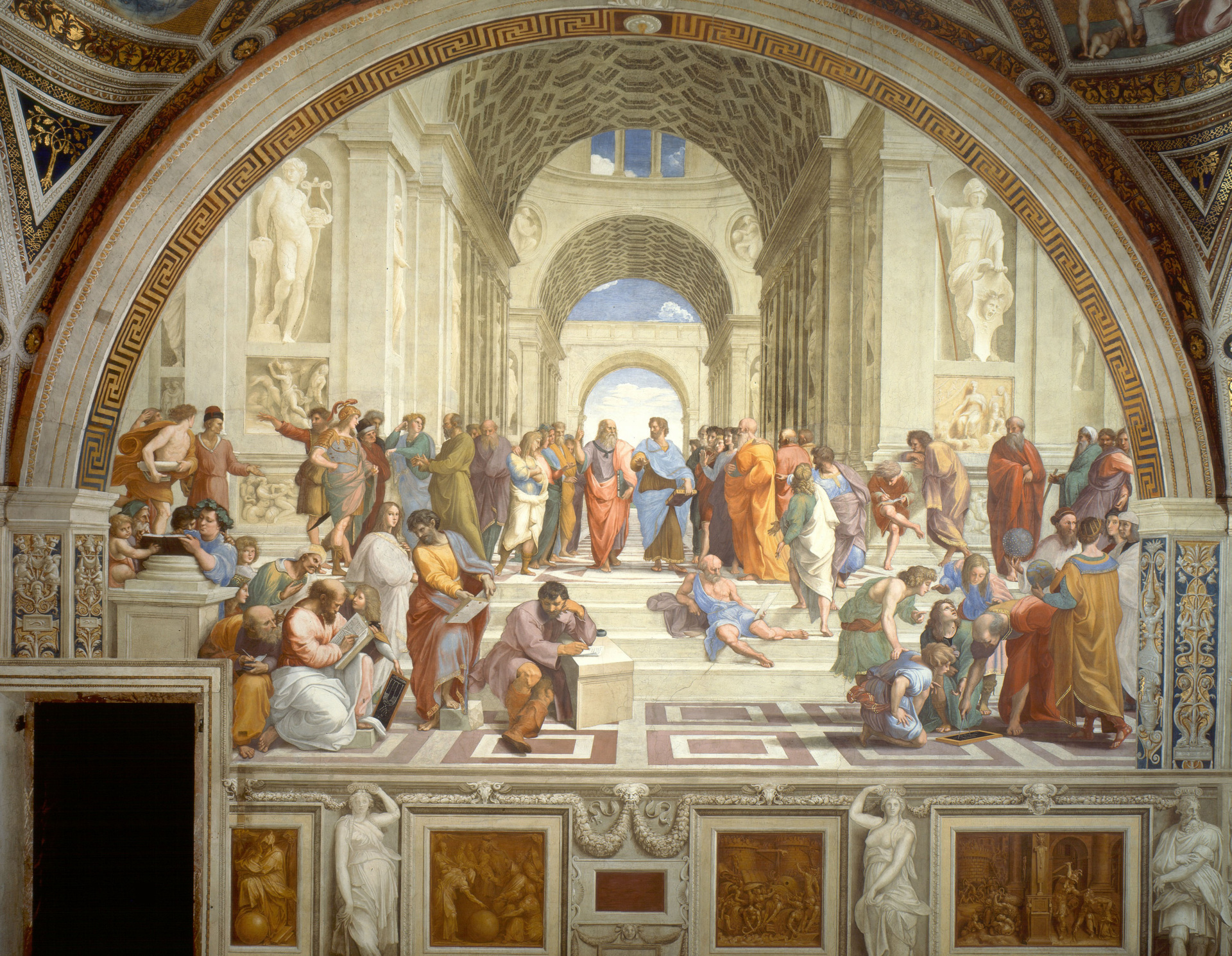Sic Transit the Banking Crisis
The ancient Greek philosopher Heraclitus is probably best known for his teaching on the transitory nature of things.
“Everything flows, and nothing stays,” one of the fragments of the long-lost work of Heraclitus reads. Perhaps an even more famous fragment tells us: “A river—it is not possible to step into the same one twice. For other and ever other, water flows on.”
We do not know much about Heraclitus. He is thought to have come from Ephesus in what is now western Turkey but was at the time occupied by Greeks. He was likely from an aristocratic background, perhaps even a royal family, but he is said to have not been an unconditional partisan of the rich in the struggles between the masses and the elites that featured so largely in the political life of ancient Greeks.
The world of constant flux that Heraclitus taught was brought to mind by comments from Federal Reserve Governor Christopher Waller.
“Because financial conditions have not significantly tightened, the labor market continues to be strong and quite tight, and inflation is far above target, so monetary policy needs to be tightened further,” Waller said in a speech at a conference in San Antonio, Texas, on Friday.

Federal Reserve Governor Christopher Waller speaks during a Fed Listens event in Washington, DC, on September 23, 2022. (Al Drago/Bloomberg via Getty Images)
That stands in stark contrast to what the Fed’s staff economists were telling the Federal Open Market Committee (FOMC) at the last meeting. Recall that we learned this week, via the minutes of the last FOMC meeting, that the staff had adjusted their baseline economic forecast to include a “mild recession” that is expected to begin later this year. The proximate cause of this would be the so-called “banking crisis” that appeared to threaten severe disruption right around the time of the meeting.
Perhaps the threat was over-stated to begin with. Or perhaps the actions taken by the Federal Reserve and the FDIC in reaction to the collapse of Silicon Valley Bank staved off a bigger tumult. The evidence as of now, however, is firmly on Waller’s side. The bank panic now appears to have been transitory. We’re no longer standing in the river of the bank run we thought we were in a few weeks ago.
In the words of Mohamed El-Erian, speaking on Bloomberg TV’s Surveillance program Friday morning, it’s probably time to stop speaking of a banking crisis and start speaking of banking tremors. The Fed staff may have been a bit too panicky last month.
The Map Is Not the Territory
In Raphael’s fresco The School of Athens, Heraclitus is depicted in the lower foreground, slightly to off-center. He is very likely the first figure that catches the eye of anyone looking at the fresco. He is alone, bearded, and hunched over a writing desk. There’s a pen in his hand and paper beneath it; but he is looking away, downward, as if lost in thought. This might be a reminder that the figures we put down on paper are representations of thoughts but not the thoughts themselves. The map is not the territory, as more recent thinkers have pointed out.

Raphael’s The School of Athens fresco, 1509-1511, in the Apostolic Palace, Vatican City. (Photo: Wikimedia Commons)
The picture of the labor market drawn by jobless claims was, for example, significantly changed by the revisions to seasonal factors deployed by the Department of Labor. The old data showed a surge in jobless claims last summer, while nonfarm payrolls were pushing higher. It also showed jobless claims dropping below 200,000 and staying there even while the headlines reported layoffs. The revised data is more consistent with past experience, which would have claims rising as the labor market slows.
The Fed’s updated H.8 data provide a map of bank balance sheets as of March 29. At first glance, it showed a steep drop in bank assets, which would be consistent with the Fed staff’s view that credit tightened significantly in March. The release, however, noted that $174 billion in assets were removed from the data depicting the balance sheets of banks because they were transferred to the FDIC’s bridge banks. So, $60 billion in loans and $114 billion in securities left the private sector banking system for the publicly controlled banks. Adjusting for that, loans appear to have increased for the week. So, there is little evidence of a significant break in bank lending stemming from the failure of Silicon Valley Bank.
It’s still too early to definitively say there will not be a disruption to bank credit. Certainly, we expect the contraction in bank lending and the tightening of loan standards to have continued. But we will likely have to wait for the Fed’s Senior Loan Officer’s Survey in May to know for sure the effect of last month’s tremors.
Oddly, enough, Heraclitus is shown as clad in boots while most of the other occupants of The School of Athens are barefoot or wearing sandals. Perhaps Raphael thought that if you are going to step into lots of rivers, you should protect your feet with quality footwear.
We’ll conclude with this passing observation about shoes. The prices of footwear for men fell 1.6 percent in March, and this is true both on a seasonally adjusted and unadjusted basis. The prices of women’s footwear fell just 0.4 percent before adjustment and one percent after adjustment. That indicates that the Department of Labor expects women’s footwear prices to fall sharply in March and men’s footwear prices to do nothing much at all.

COMMENTS
Please let us know if you're having issues with commenting.